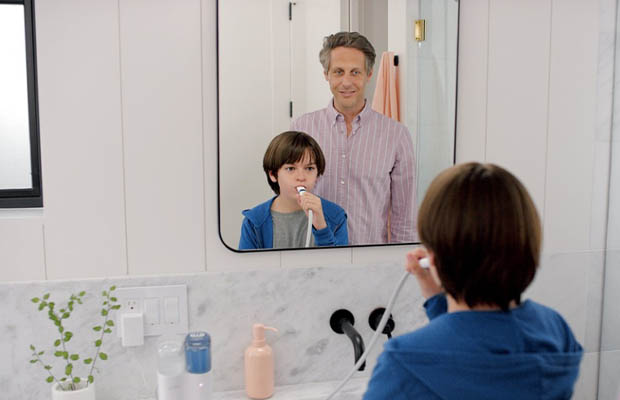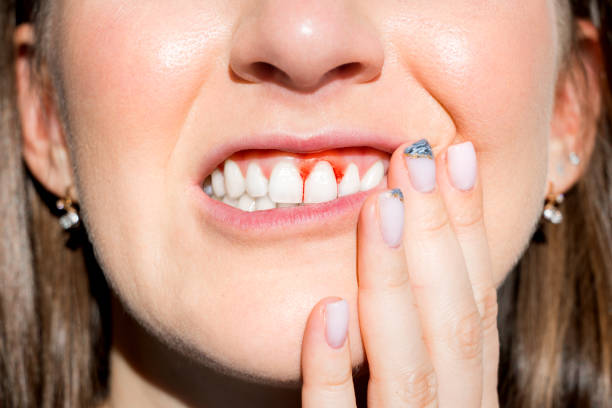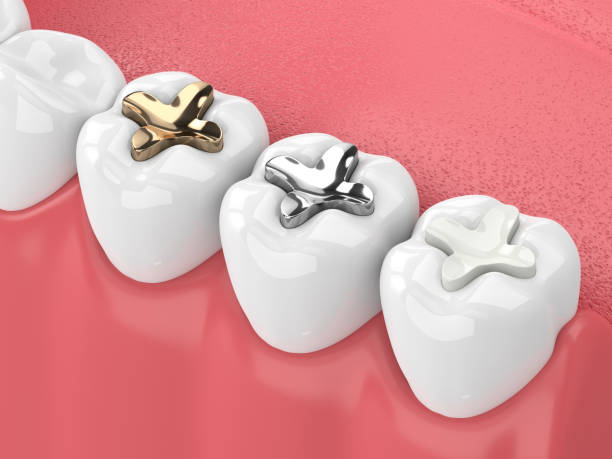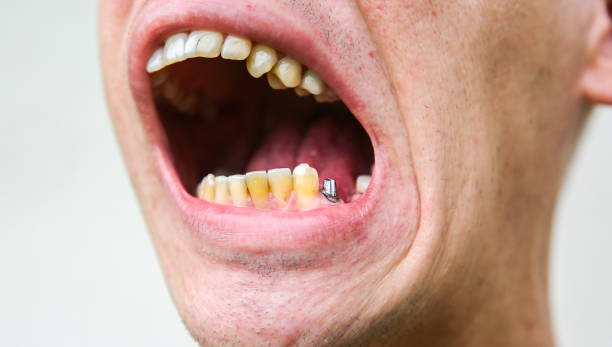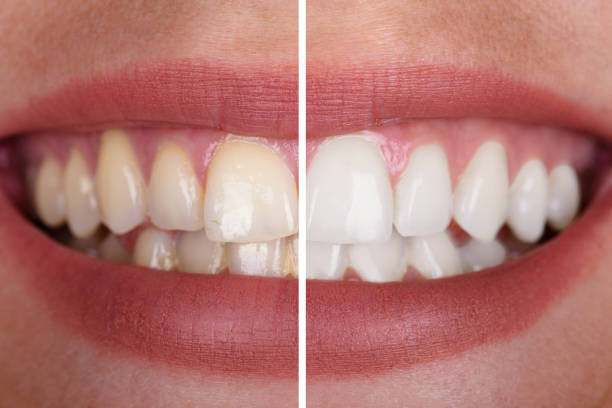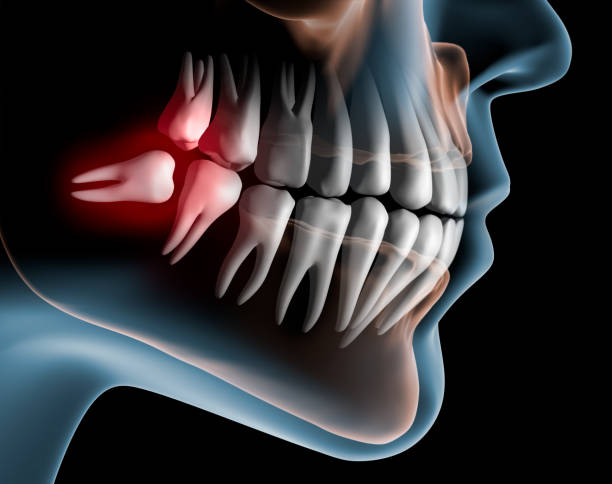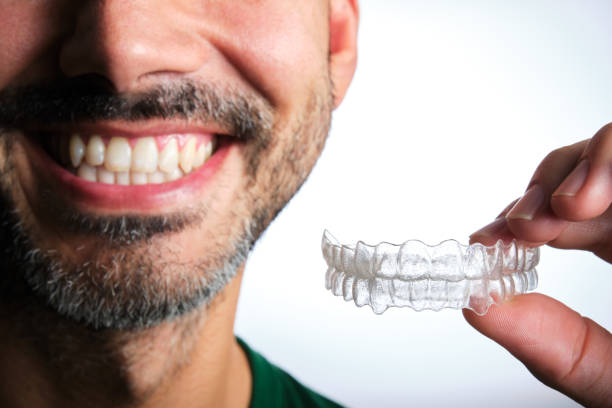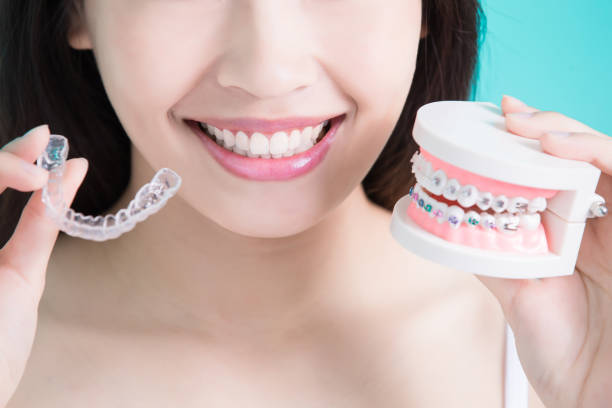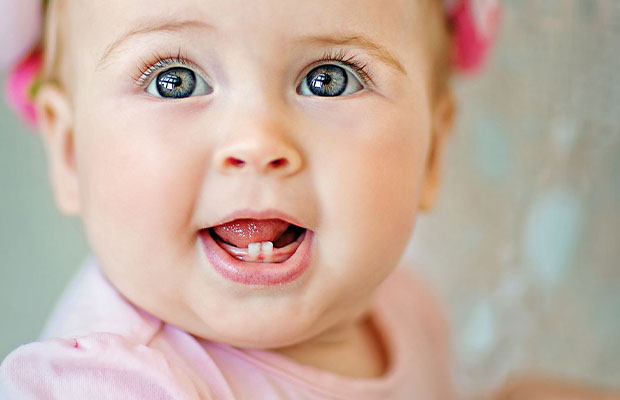Congratulations on making the decision to brush your cat’s teeth! Below are step-by-step instructions to assist you with how to brush cats teeth. Please read through them all first, as well as the tips on how to teach your cat to accept you brushing her teeth, before you try it for the first time.
Brushing your cat’s teeth every day is the best way to maintain their teeth and make sure that plaque does not build up and lead to dental disease, just like we do when we brush our own teeth. Read on to discover more about brushing a cat’s teeth.
Table of Contents
First, Teach Your Cat to Accept Toothbrushing
The objective is to use a soft-bristled toothbrush and cat toothpaste to brush all of the external surfaces of your cat’s teeth once per day. Your cat may need a few weeks to get used to you brushing her teeth. It’s crucial to stick to your routine and make this enjoyable for both you and your cat.
Select Your Time
Being consistent with the time you brush her teeth each day will help her to respond to routine, which cats love. Choose a quiet time of day when your cat is usually hungry, not right when you get home from work.
Choose the Reward
Choose a reward that will inspire your cat, such as a treat she enjoys eating or something else that makes her smile (such as a toy). play, petting, or brushing). Your cat will be eager to participate if she perceives this as a fun game with rewards. Have small pieces of the food on hand if you’re using it.
Set the Surroundings and Keep It Positive
A big chair, couch, or your lap are good places for your cat to sit next to you. Maintain a positive attitude and demeanor while speaking in a gentle, calm manner. Any anxiety you might have will be felt by your cat, who will react to it. Always keep in mind to be persistent, but to also have realistic expectations for how quickly you will advance.
How to Brush Your Cat’s Teeth?
1. Select a Pet Toothbrush.
You’ll need to buy a toothbrush made specifically for pets because cats’ mouths and teeth are so tiny. Even better, if you want more flexibility when brushing their teeth, use finger toothbrushes.
2. Buy a Pet Toothpaste.
Use a toothpaste made for cats and dogs instead of human toothpaste, which contains chemicals that are harmful to animals. These can also be swallowed and come in tasty flavors like chicken and beef to entice your pets to keep their mouths open for you when you brush.
3. Accustom Your Cat to You Touching Their Mouth.
Prepare your cat for you to handle their mouth, teeth, and gums before you even think about putting a toothbrush close to their mouth. Start by interacting with their face and mouth, then progress to holding their mouth open and reaching inside to touch all of the teeth before they become comfortable.

4. Introduce the Toothbrush and Toothpaste.
To ensure that your cat won’t be scared when the time comes, let them interact with their new toothbrush for a few days beforehand. To entice them with the flavors of the toothpaste, you can also give them a taste by placing some in their mouths or letting them lick it off the toothbrush.
5. Create a Routine.
Considering that cats are creatures of habit, try to brush your pet’s teeth at roughly the same time each day. Choose a time when both of you are at ease, such as when the night has come to a close and you are about to brush your own teeth and go to bed. Keep in mind that your goal is to make this activity enjoyable for both you and your pet, not stressful.
6. Get Comfortable.
Position your cat so that you can easily reach its mouth, such as on your lap. While brushing your cat, speak in a kind and encouraging manner, complimenting them on their good behavior and giving them toys as a reward.
7. Start Brushing!
In a gentle circular motion, brush your cat’s teeth. You might initially struggle to get your cat to remain still long enough to brush all of their teeth at once. Allow them to decide when to stop, then pick up where you left off once they’ve settled in and continue until all of their teeth are polished. To prevent plaque from building up along the gum line, remember to brush in a circular motion.
Why Should I Brush My Cat’s Teeth?
More than half of all cats over the age of three have periodontal disease (infection of the tissues surrounding the teeth). Periodontal disease starts as gingivitis, resulting from plaque coming into contact with the gingiva (gums). If not removed through regular brushing, plaque thickens and mineralizes resulting in tartar. Gingivitis can develop into destructive periodontal disease, which can be painful and ultimately result in tooth loss, if left untreated. See the handout “Dental Disease in Cats” for more information on periodontal disease.
When Should I Brush My Cat’s Teeth?
Cats require daily dental care just like humans to help reduce plaque and stop tartar buildup. It will take some practice to get your cat used to getting their teeth brushed, but once they do, it should be relatively simple. A routine can be established and is most beneficial by brushing every day. If your schedule does not allow for daily brushing, brushing at least three times a week can be helpful.
You May Also Like:
What Type of Toothbrush Should I Use?
There are commercial brushes made specifically for cat use on the market. These include:
- brushes with angled handles,
- small brushes that fit comfortably in your hand, and
- finger toothbrushes (designed to fit over the tip of your finger).
Some cats can be cleaned with a very soft toothbrush made for human infants. Very soft toothbrushes are ideal. A cotton swab can still be used, as well as a finger toothbrush, gauze, or another finger.
When in doubt about which brush to use, consult your veterinarian. In the end, it is preferable to use a brush whose bristles can extend just below the gum line at the tooth/gum interface.
No matter what kind of toothbrush you use, it’s crucial to brush gently and slowly because it’s simple to unintentionally brush your gums in an irritated manner.
Read Next: What Dinosaur Has 500 teeth?
FAQs
How to Keep Cats Teeth Clean Without Brushing?
Chewing bones knocks off tartar and helps keep their teeth and gums healthy. Some veterinarians advise giving domesticated cats hard toys to chew on since they don’t consume mice and other animals as their daily fare.
How Often to Brush Cats Teeth?
For most cats, a daily brush and check is best, but even once or twice a week is beneficial.
What is the Easiest Way to Brush a Cat’s Teeth?
Use a circular motion and focus on your cat’s gum line. Pay attention to her teeth first, under her lips, particularly the outer surfaces. Work your way up to brushing all of your cat’s teeth eventually.
Is It Okay to Use Human Toothpaste?
No, because they contain substances that should not be ingested, human toothpastes. It can upset the stomach or disrupt digestion if swallowed. Some human toothpastes have high sodium content, which could even harm your pet.
My Friend Recommended That I Use Baking Soda, is This Okay?
No, because baking soda has a high alkaline content and can upset the digestive system’s acid balance if it is swallowed. Additionally, baking soda does not taste good, so your cat might resist you when you try to brush her teeth.
Why is Pet Toothpaste Recommended?
There are many different flavors of cat-friendly pet toothpaste available. Using a tasty product will increase the likelihood that your cat will enjoy the entire process.

